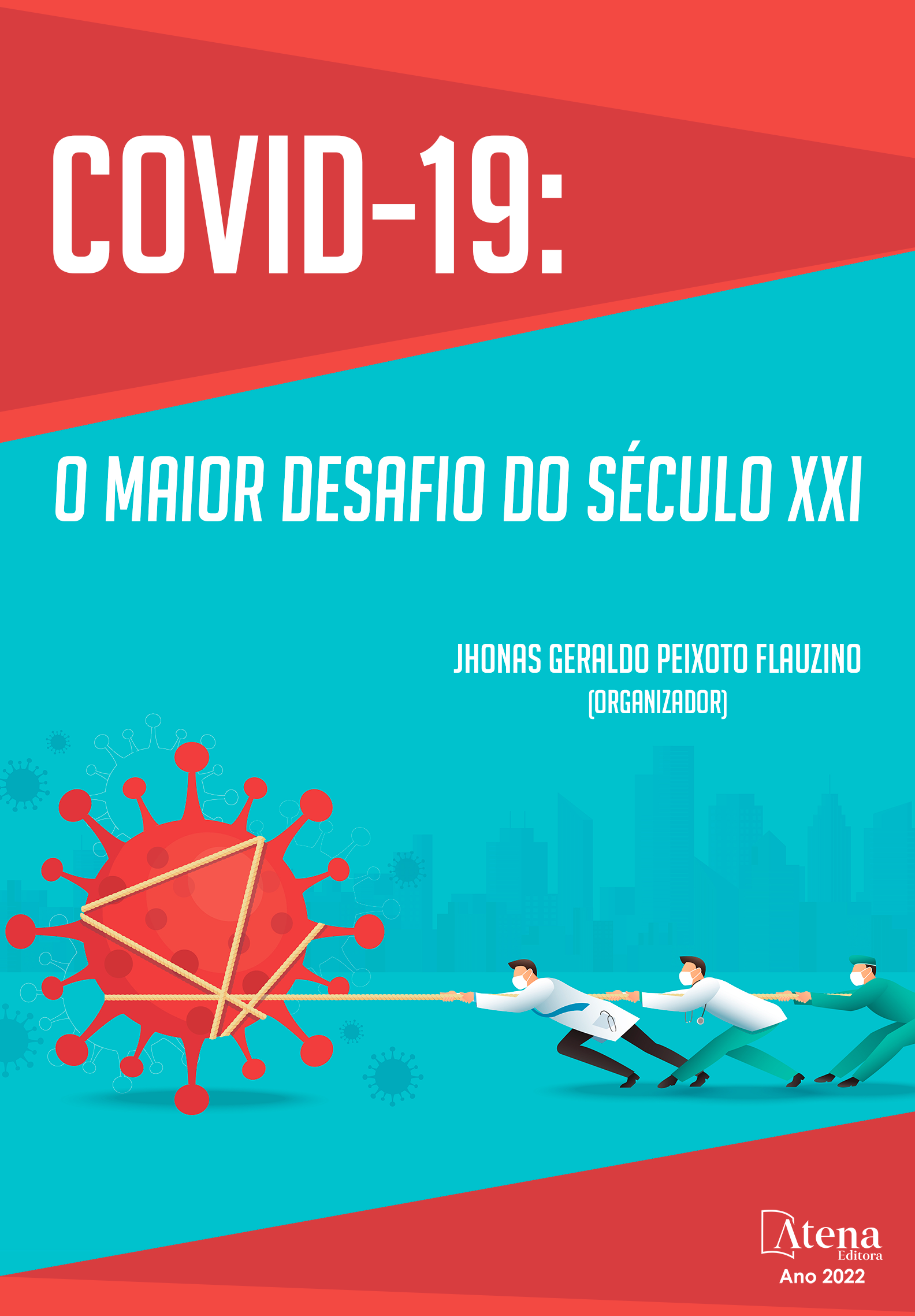
TREINAMENTOS EM CASA: ESCOLARES ATLETAS DE GINÁSTICA RÍTMICA EM TEMPOS DA PANDEMIA COVID 19
A Organização Mundial da Saúde, em 30 de janeiro de 2020, declarou o surto do novo Coronavírus como uma emergência de saúde pública internacional, alterando dessa forma a dinâmica de diversos setores da sociedade. Com o fechamento das escolas a partir das portarias publicadas pelo Ministério da Educação, as mesmas precisaram reformular seus calendários de aulas para um contexto emergencial e remoto. Com o isolamento social, foi observado o aumento no tempo de tela e diminuição da prática de atividades físicas entre crianças e adolescentes, tornando cada vez mais necessário um programa de exercícios sistematizado. O estudo de caráter exploratório, teve um grupo amostral composto por 22 crianças e 12 adolescentes, com média de idade cronológica e desvio padrão (DP) respectivamente de 10,9±2,7 e 14,3±0,7 matriculadas em escolas privadas da cidade de Maceió-Alagoas e suas respectivas mães. Foi realizado um questionário na plataforma Google com questões relacionadas à caracterização das escolares; perfil do ambiente virtual de oferta das aulas remotas de Ginástica Rítmica; possibilidades e dificuldades procedimentais para as escolares atletas operacionalizar as aulas em casa; motivações para engajamento nas aulas remotas de Ginástica Rítmica no curso do isolamento social e justificativas para o desengajamento das aulas remotas de Ginástica Rítmica no curso do isolamento social. As principais possibilidades encontradas no âmbito da GR oferecida no contexto remoto foram a disponibilidade de cursos e professoras para a realização das aulas remotas através de aplicativos, por iniciativa própria e reforçando a prática da atividade para a saúde das alunas atletas. Dentre as principais dificuldades encontradas pelas alunas atletas de GR durante a realização das aulas estava relacionada ao uso do espaço físico, aparelhos e internet de alunas e professoras.
TREINAMENTOS EM CASA: ESCOLARES ATLETAS DE GINÁSTICA RÍTMICA EM TEMPOS DA PANDEMIA COVID 19
-
DOI: 10.22533/at.ed.00522220719
-
Palavras-chave: Covid-19; Ginástica Rítmica; Treinamento Remoto.
-
Keywords: Covid-19; Rhythmic gymnastics; Remote Training.
-
Abstract:
The World Health Organization, on January 30, 2020, declared the outbreak of the new Coronavirus as an international public health emergency, thereby changing the dynamics of various sectors of society. With the closure of schools based on ordinances published by the Ministry of Education, schools needed to reformulate their class schedules for an emergency and remote context. With social isolation, an increase in screen time and a decrease in physical activity among children and adolescents was observed, making a systematic exercise program increasingly necessary. The exploratory study had a sample group composed of 22 children and 12 adolescents, with a mean chronological age and standard deviation (SD) respectively of 10.9 ± 2.7 and 14.3 ± 0.7 enrolled in private schools from the city of Maceió-Alagoas and their respective mothers. A questionnaire was carried out on the Google platform with questions related to the characterization of schoolchildren; profile of the virtual environment offering remote Rhythmic Gymnastics classes; procedural possibilities and difficulties for school athletes to operate classes at home; motivations for engaging in remote Rhythmic Gymnastics classes in the course of social isolation and justifications for disengaging remote Rhythmic Gymnastics classes in the course of social isolation. The main possibilities found within the scope of the GR offered in the remote context were the availability of courses and teachers to conduct remote classes through applications, on their own initiative and reinforcing the practice of the activity for the health of the student athletes. Among the main difficulties encountered by GR athletes’ students during classes, it was related to the use of physical space, devices and the internet of students and teachers.
-
Número de páginas: 17
- Chrystiane Vasconcelos Andrade Toscano
- Leticia França Gonçalves


